NIBP100D CNAP Module 500 software v 3.5.R01
Interface: Easy Data Transfer and Analysis
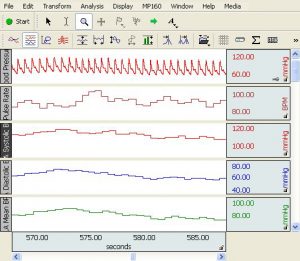 The NIBP100D system is very user-friendly and the initial setup and calibration period takes less than three minutes—that time includes placing the cuff around the upper arm and the sensor on the fingers. Placing the finger sensor is as simple as sliding the subject’s fingers through the two cuffs.
The NIBP100D system is very user-friendly and the initial setup and calibration period takes less than three minutes—that time includes placing the cuff around the upper arm and the sensor on the fingers. Placing the finger sensor is as simple as sliding the subject’s fingers through the two cuffs.
- Plug & play integration into all common data acquisition systems and subject monitors.
- Interface with a BIOPAC Research data acquisition system or 3rd‐party data acquisition system (CBLHLT1 interface cable to MP150 via DA100C + TCI105 Interface Connector or MP36R via BSL-TCI5)
- Analog output options
- AcqKnowledge software displays the blood pressure signal, plus systolic, diastolic, mean blood pressure and heart rate—it will also provide a detailed beat‐to‐beat analysis of the blood pressure signal.
Set-up: Simple and Quick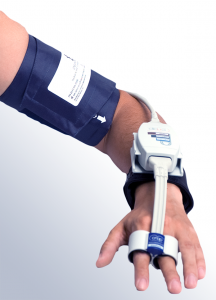
- One finger sensor provides all parameters noninvasively–no placing of catheter or additional electrodes
- Comfortable for subjects in short or long‐term studies
- Download the CNAP Monitor Setup for more details
Recording: Immediate Feedback
- Real‐time, continuous, noninvasive blood pressure displayed only shortly after startup
- Enables accurate & immediate feedback on BP, PR
- Proven solution for consistent, repeatable results
Validation: Clinically Proven
- Combination of finger sensor with NBP calibration provides high accuracy BP signal
- High agreement to intra‐arterial measurements regarding continuity, accuracy & waveform
dynamics. See Selected NIBP Publications.
- Watch demo videos–NIBP100D features and ease-of-use, AcqKnowledge Blood Pressure Analysis features, AcqKnowledge routine to Estimate Cardiac Output from ABP
- Learn about NIBP features & benefits for research users.
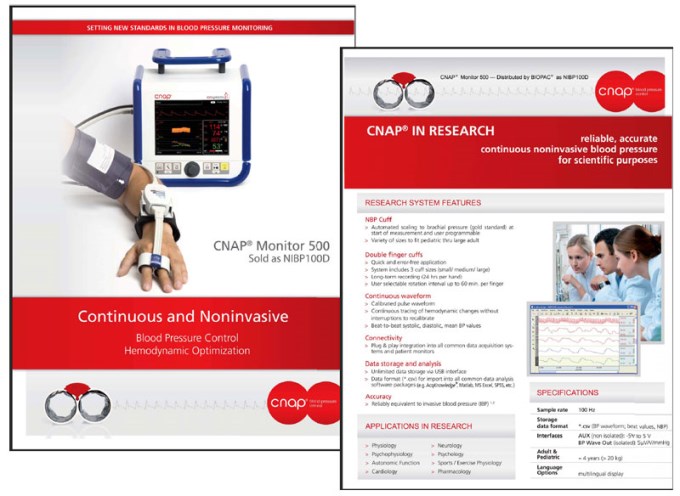
The NIBP100D is calibrated using a standard blood pressure cuff that is placed around the subject’s upper arm. The unit automatically takes a blood pressure measurement from the subject and uses the value for calibration purposes. During the calibration process the system locates the pulse at the finger and performs a partial occlusion. It will switch from one finger to the next during the course of the recording to relieve the pressure from the occluded finger. The interval between finger rotations is user-selectable and can be as long as 60 minutes. During the rotation, the system takes another calibration reading to ensure that values are accurate.
The system employs a vascular unloading technique to measure blood pressure at the fingers. A refined version of the Penáz’ principle is used to deliver a continuous noninvasive blood pressure signal. The method is based on concentrically interlocking control loops for accurate long-term readings of finger blood pressure.
The NIBP100D can be used in hyperbaric and hypobaric chambers (see specifications for setup guidelines).
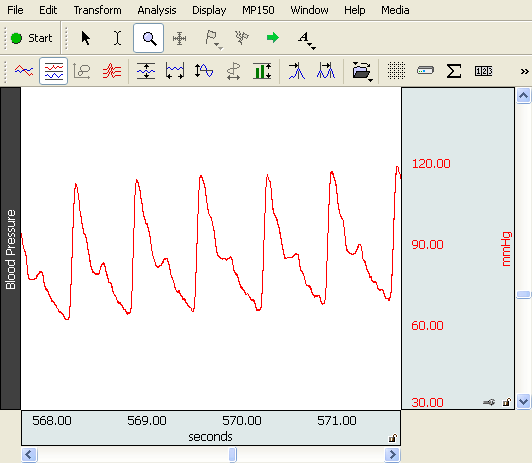
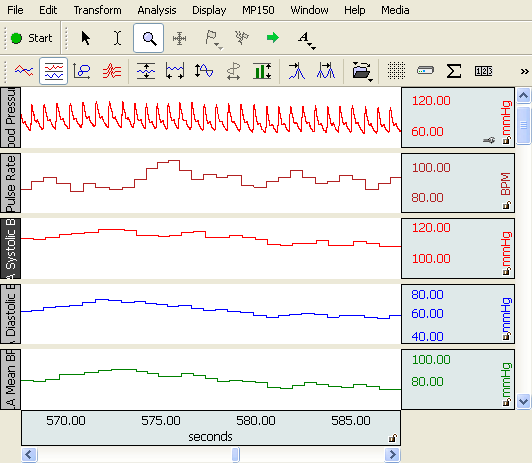
See Also
- Video: NIPB100D features and ease-of-use
- Benefits of NIBP100D in Research
- Continuous non-invasive arterial pressure shows high accuracy in comparison to invasive intra-arterial blood pressure measurement
 (Sackl-Pietsch E., Department of Anesthesiology, Landeskrankenhaus Bruck an der Mur, Austria)
(Sackl-Pietsch E., Department of Anesthesiology, Landeskrankenhaus Bruck an der Mur, Austria) - Continuous non-invasive blood pressure monitoring using concentrically interlocking control loops. J. Fortin, W. Marte, R. Grüllenberger, A. Hacker, W. Habenbacher, A. Heller, CH. Wagner, P. Wach, F. Skrabal Computers in Biology and Medicine – September 2006 (Vol. 36, Issue 9, Pages 941-957, DOI: 10.1016/j.compbiomed.2005.04.003)
- NIBP100D Validation References

- BIOPAC Blog | Noninvasive Blood Pressure posts include: Ensuring Error-free NIBP Measurements & Accurate Data; Noninvasive Hemodynamic Monitoring in Research, and more…
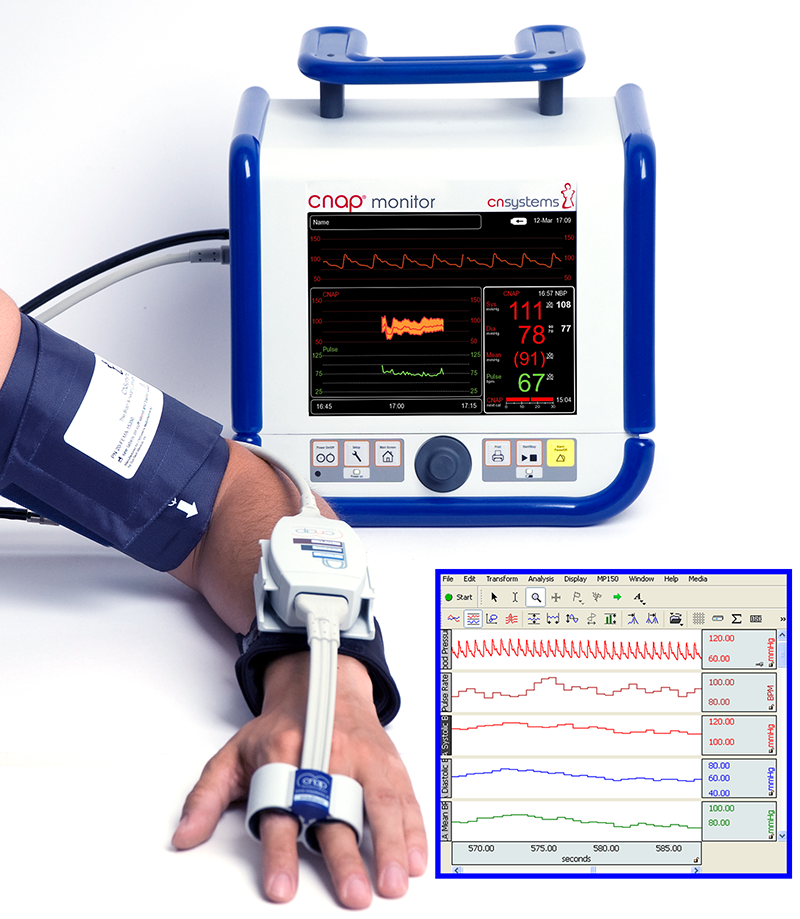










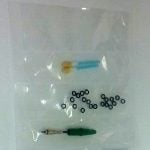
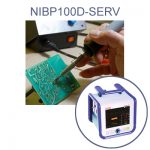
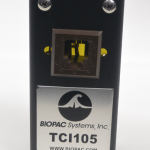
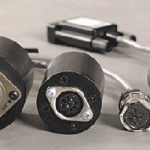
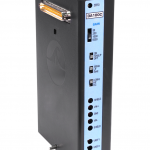
Stay Connected